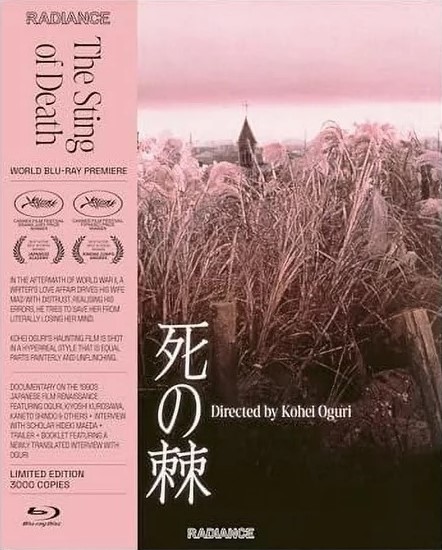
Trying to work through marital problems can be a painful experience, especially when dealing with issues like infidelity. Based on a 1985 book of the same name by Toshio Shimao, the period drama The Sting of Death takes its difficult theme to new levels of despair. It’s a rough watch and says as much about Japanese society during this era as it does about marriage. The feature won many accolades during its initial release. In fact, it took home the Grand Jury Prize at Cannes that year and was nominated for the Golden Palm award. This well-respected effort hasn’t been seen by a great many people in this part of the world, but Radiance Films are attempting to introduce more to the story with their new Blu-ray.
Miho (Keiko Matsuzaka) and her struggling writer husband Toshio (Ittoku Kishibe) live a modest life in a small home with two infants. The story begins with Miho confronting Toshio for cheating on her with another woman that he knows through his work. To say she is displeased would be an extreme understatement. The wife veers between tears, verbal insults and questions about his illicit relationship. Toshio attempts to dodge the questions and simply asks for forgiveness, but she ultimately ignores his request.
Over the following weeks, the quiet tension between them doesn’t let up. She threatens suicide, then suggests she will murder his lover Kumiko (Midori Kiuchi) before acting out in strange ways. Toshio fails to answer queries about their struggling relationship and why he cheated, frustrating her further. But eventually he does become guilt-ridden and promises to do anything she tells him in order to regain her trust. In fact, many different approaches are taken by the couple (including moving away from the city), but over the course of events things only seem to get worse between them. Miko eventually acts psychologically unhinged. Everything comes to a head when Kumiko unexpectedly appears to drop off a message from herself and coworkers to Toshio.
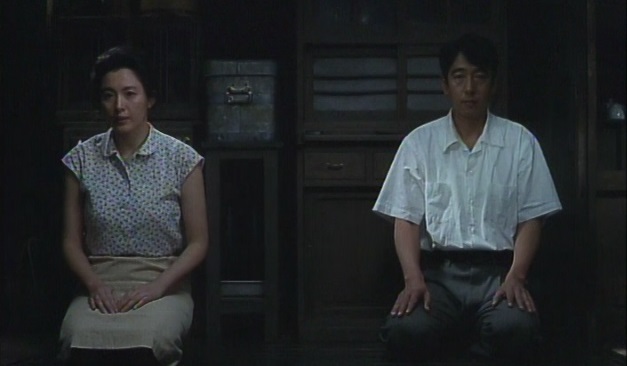
The story really hones in on this couple, with the world around them becoming little more than a backdrop. Viewers are forced to spend the entire running time with them though an incredibly awkward and painful situation. There are plenty of long shots of the two in closed quarters in silence or having stilted conversations that eventually work their way around to Miho’s distrust of her husband. While the tone is relatively low-key, the discomfort and anger bubbling under the surface is palpable throughout and occasionally reaches a boil with the wife physically lashing out at her spouse or others within her grasp.
While audiences might side with one character or another, from this viewer’s perspective both leads are flawed. Obviously, the husband initially has checked out of the relationship and has treated his wife horrifically. Despite having psychological issues, Miho is strong early on in many respects, putting Toshio through the ringer and making him suffer for his misdeed. But as time passes it just looks like two people tormenting each other out of revenge rather than trying to make any sort of progress. Over the course of the story, one begins to see why the marriage may have been cold and loveless from the beginning and it’s fascinating to see them both exist in agony rather than admit that the relationship is beyond repair.
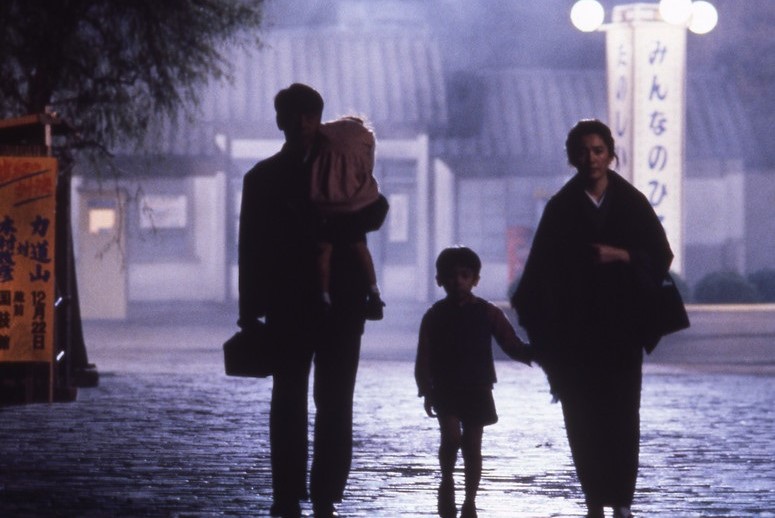
In the end, one feels truly sorry for the sweet children, who are the real victims. They have to stand around and watch the two most important people in their lives deal cruelly with one another and ultimately break beyond repair. The best-case scenario is that those kids will no doubt be spending a great deal of time in therapy, if all that they have witnessed doesn’t ultimately push them down a similar life path.
The print looks decent. It does have some grain and isn’t in perfect shape, but no doubt at present this is as good as the movie can look. This is essentially a small and intimate household drama and its appearance actually makes one think that the movie is older and closer to the era it’s set in, which is actually a benefit.
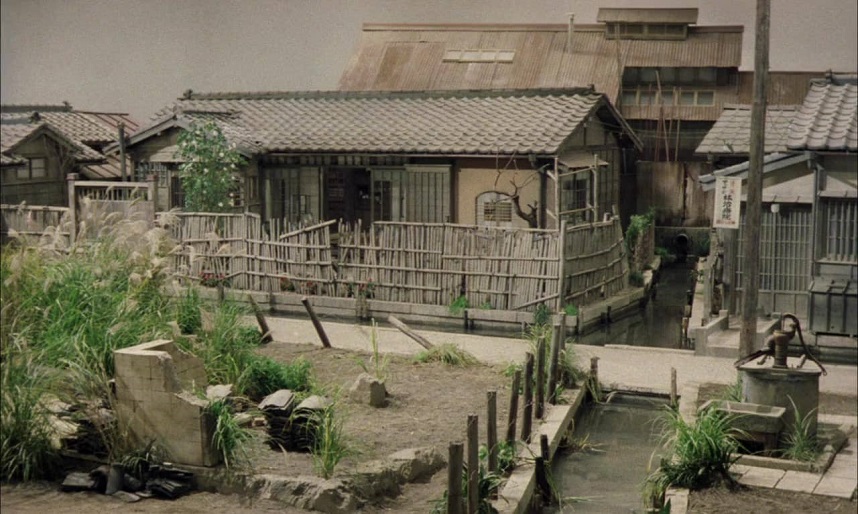
There are two informative extras included on the Blu-ray. The first is with film scholar Hideki Maeda, who talks about the production and how the movie managed to differentiate itself from early Japanese cinema. He suggests that the picture was part of a new trend that dealt with specific individuals in stories and noted a wide overview with many characters. The critic notes that the movie takes traditional values of the county and shows them breaking through its characters, who suffer greatly trying to follow social conventions instead of dealing with their problem in a modern way. During the discussion he also analyzes the use of long takes and how those deafening silences and sharp looks really make viewers feel uncomfortable. It certainly helps western audiences get a clearer sense of some of the specific issues that the story is dealing with.
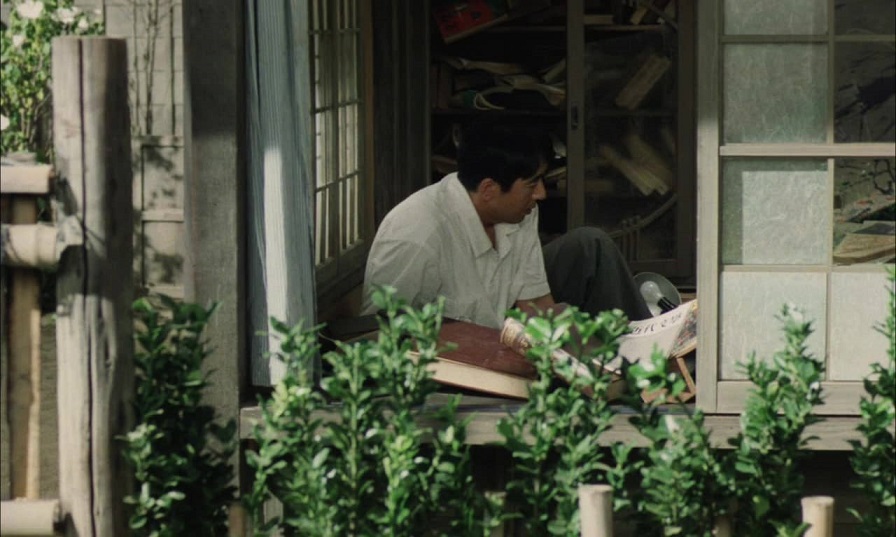
There is also a nearly hour-long French documentary on the Japanese film renaissance of the 1990s. To be completely truthful, The Sting of Death isn’t significantly featured. Instead, it details how many of the Japanese filmmakers who came into prominence got their start and how these titles started breaking away from old-fashioned stories and conventions. In the process, their movies began reaching wider, international audiences. Among the many participants, there are interviews with Takashi Miike (Audition, 13 Assassins) and a long segment on Studio Ghibli that includes a discussion with a genial and modest Hayao Miyazaki (My Neighbor Totoro, Princess Mononoke, Spirited Away, and this year’s The Boy and the Hero). These are great talks in which the moviemakers discuss their inspirations, what they have attempted to do in their films and even ways in which they believe they could still improve their storytelling. It’s a very interesting piece. The disc also includes a trailer for the film.
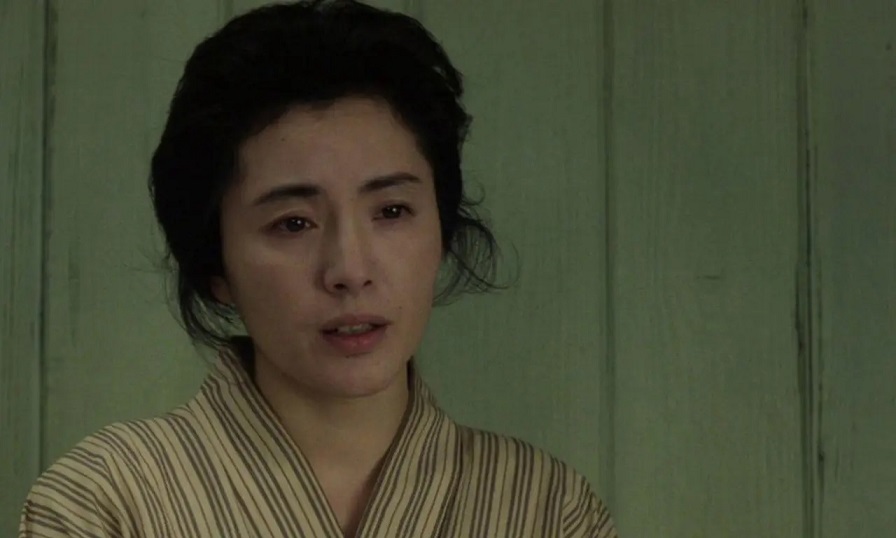
The Sting of Death is a dark drama that torments its characters and occasionally the viewer, but the movie is exceptionally acted and keeps viewers glued to their seat. You’ll certainly wonder if there’s any kind of positive resolution for the central characters, and the extreme ends they go to express their frustration and/or distrust. It’s an impressive work that lingers in the mind long after the story ends. Those who pick up the disc will also get some interesting bonus features that give some context for the movie and may inspire one to seek out more Japanese titles from the era. For period drama fans, it’s worth checking out.


